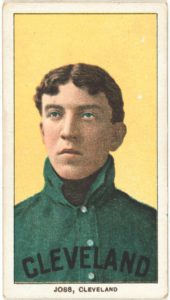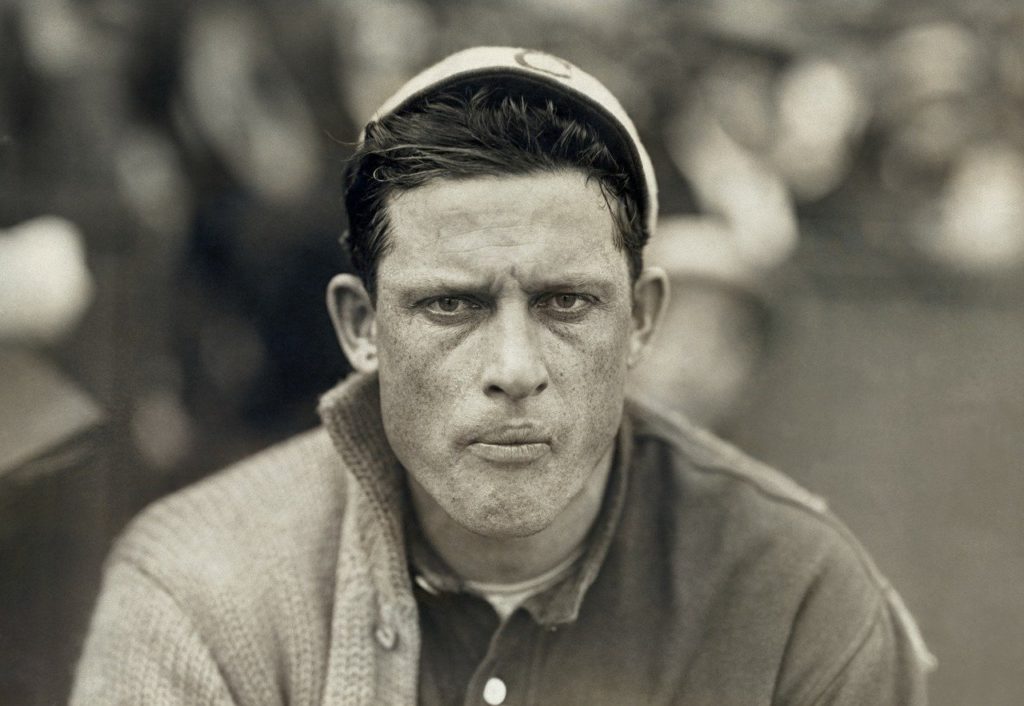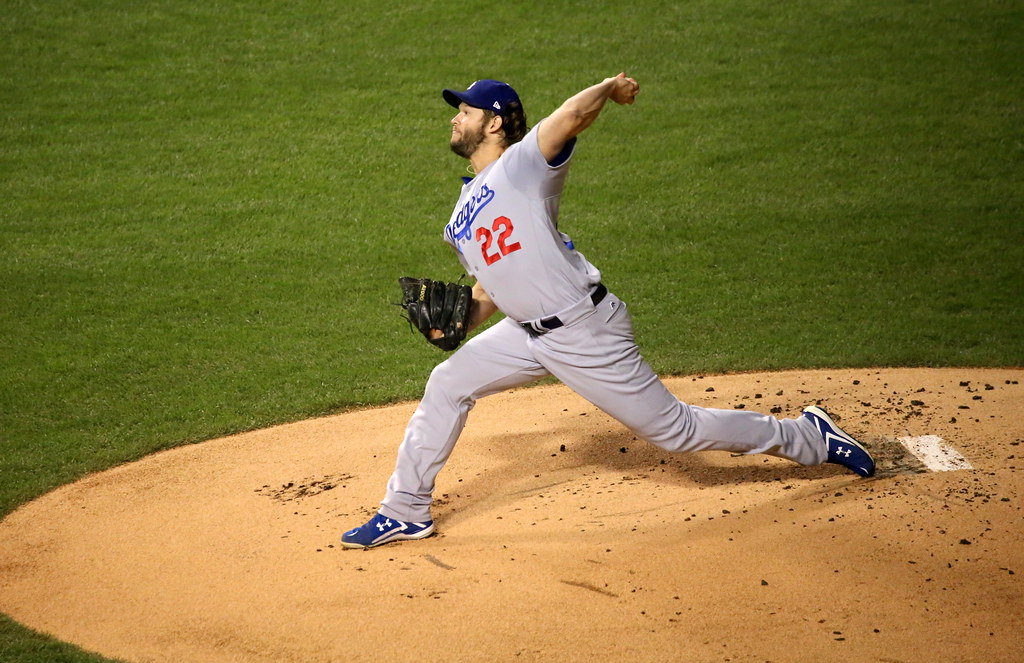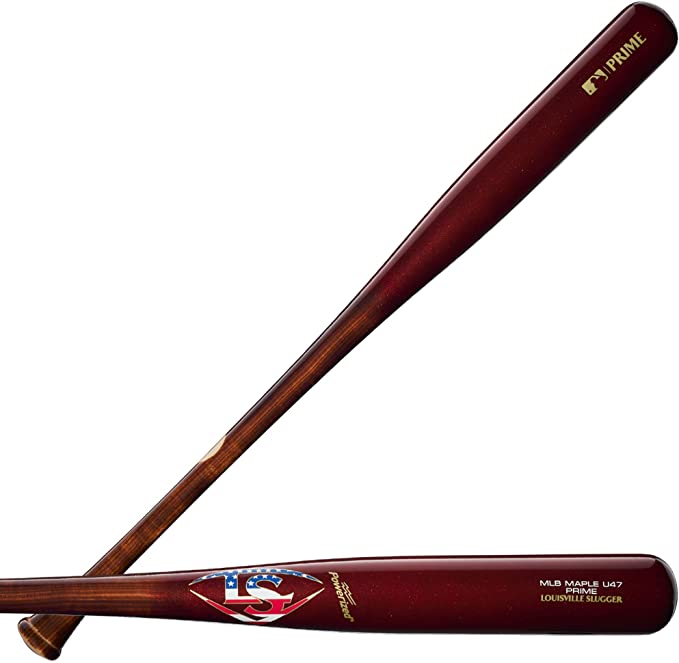With the rise of analytics, baseball became more than just a game of numbers. Rather, it has become a game of calculation. It’s a sport that seems so simple yet so complex. For instance, looking at the basic pitching stats of a pitcher will undoubtedly give you the player’s data. You’ll see stats like the number of innings pitched, ERA, and WHIP, which many people don’t understand. So what does WHIP mean in baseball?

WHIP stands for walks and hits per inning pitched, and the concept of this statistical measure is reasonably simple: It shows how well a pitcher kept runners off base. The best pitchers in the league are those with the lowest WHIPs. These athletes generally prevent baserunners from moving to different bases. However, it’s important to note that WHIP does not take into account the way a hitter reached a base.
With that said, WHIP tends to be more of a quick reference than a statistic. Yet, it’s still usable in evaluating a pitcher’s performance on the baseball field. Take note, however, that this metric does lack in certain areas. For instance, it doesn’t treat all bases equally.
Why WHIP?

It was Daniel Okrent, a writer who also used the word ‘baserunners’ in his work that coined the concept of the innings pitched ratio in 1979. WHIP is also one of the few sabermetric stats that entered mainstream usage. You can see it widely recognized in live games and fantasy leagues. Knowing how well a pitcher limits base runners is also important to both run prevention and base-running success, which is where this metric comes into the scene.
However, as mentioned previously, it’s not a good metric to base a pitcher’s performance as a whole. Therefore, consider asking more precise questions, such as ‘how many baserunners did the pitcher allow per hitter faced?’ or ‘how many bases did the pitcher allow per inning?’
What is a Good Baseball WHIP?
Calculating WHIP is as exactly as how you’d expect it:
WHIP = (Walks + Hits) / Innings
With that formula, you should get a number in the single digits. Kindly note that the lower the number in a pitcher’s WHIP record, the better that athlete is doing in keeping baserunners from going to bases.
| Rating | WHIP |
|---|---|
| Excellent | 1.00 |
| Great | 1.10 |
| Above Average | 1.20 |
| Average | 1.30 |
| Below Average | 1.40 |
| Poor | 1.50 |
| Awful | 1.60 |
How to Use WHIP Properly?
WHIP is a measure of baserunner prevention. In some cases, it’s better than ERA because as it infers on individual events instead of a sequence of instances. You can use WHIP as a rough estimate of dominance, but it should not be used against OBP or wOBA for these two statistics are more mathematically consistent and informative than WHIP.
Who are the MLB’s WHIP Career Leaders?
Certain skills that every great pitcher has made them special. With that said, some pitchers do a better job than others in keeping baserunners from, well, running to bases.
1. Addie Joss

Adrian “Addie” Joss was a professional baseball player who pitched for the Cleveland Bronchos from 1902 to 1910. Known for pitching his fourth perfect game in MLB history on April 19, 1911, Joss also played baseball in a semipro league before catching the attention of Connie Mack, a legendary American professional baseball catcher. Soon after that event, Joss signed with the Toledo Mud Hens from 1900 and renewed his contract a year later.
After an offseason contract dispute, Joss debuted with the Cleveland Indians in April of 1905. He led the league in shutouts in that year.
In October 1902, he married Lillian Shinivar with their son Norman born the following year. He was selected to the All-American team after the season of that year ended. He would later lower his ERA to 2.19. Additionally, he achieved his career-leading and MLB record for the lowest WHIP of 0.948.
In 1911, Joss became ill and died the same month due to tuberculosis. He finished his career with a 160 win, 234 complete games, and 45 shutouts. In 1977, he was posthumously voted into the Hall of Fame.
2. Ed Walsh

Edward Augustine ‘Big Ed’ Walsh was a former MLB pitcher who played from 1906 to 1917. He’s one of only two modern pitchers to have a career ERA of less than 1.82. Additionally, he’s the last player to throw over 400 innings in a single season, at the time of writing.
Walsh was a workhorse who averaged over 350 innings per season from 1907 through 1912. He requested a full year off after the 1912 season, but he showed up for spring training anyway. In 1913, Walsh’s playing time began to diminish. It has been claimed that, due to his pride, he tried to keep up with the other White Sox pitchers in terms of pitch speed, which caused damage to his arm.
He had his arm removed in 1916, and wanted to take a year off. But it wasn’t until 1917 when the Boston Braves released Walsh from the team. Walsh retired with 195 wins, 126 losses, and 1736 strikeouts. He also has the second-lowest career WHIP in major league history at 0.9996.
3. Mariano Rivera

Born in Puerto Caimito, Panama, Rivera was an amateur player who debuted in the major leagues in 1995. He’s a former professional baseball player who played for the New York Yankees from 1995 to 2013. He’s also the franchise’s all-time leader in saves with 652, and he is also the fifth player in history to win five World Series titles.
Rivera converted to a relief pitcher in 1995 after making his major league debut as a starter. He would become one of the most dominant closers in the game over the next decade.
Regarded as one of the most dominant closers in major league history, Rivera is one of professional baseball’s greatest. He saved at least 25 games in each of his 15 seasons, and he posted an ERA of under 2.21 and a 1.00 WHIP in 11 seasons.
4. Clayton Kershaw

Clayton Edward Kershaw is a professional baseball player who is with the Los Angeles Dodgers. He’s a three-time All-Star, an eight-time National League Cy Young Award recipient, and the 2014 Most Valuable Player in MLB history. Additionally, Kershaw has a 2.43 career ERA and 1.00 WHIP, which are excellent figures.
Clayton Kershaw was selected by the Los Angeles Dodgers in the seventh round of the 2006 MLB draft and made his debut in 2008. In 2013, the Dodgers signed Clayton Kershaw to a seven-year, $215 million contract extension. He’s the team’s all-time leader in wins, ERA, and strikeouts. Furthermore, Kershaw is also the first major leaguer to lead the league in walks in four straight seasons.
Aside from on the field, Kershaw is an active volunteer. He and his wife created the “Kershaw’s Challenge” to build an orphanage in Africa. He has also written the book Arise to raise money for his philanthropic projects.
5. Jacob deGrom
Jacob Anthony deGrom is a professional baseball player who is the right-handed starter for the New Jersey Mets of the Major League Baseball. He started playing baseball as a shortstop during his junior year at Stetson, and he was selected in the 2010 MLB draft by the Mets. He made his major league debut on May 15, 2014.
In the shortened 2020 season, deGrom had a 2.38 ERA. During this season, he led the National League in strikeouts per 9 IP, was third in WHIP (with a 0.956 average), fourth in ERA, and sixth in win-loss percentage.
Other Notable Players with Good WHIPs
- Chris Sale (1.0346)
- John Montgomery Ward (1.0438)
- Pedro Martínez (1.0544)
- Christy Mathewson (1.0581)
- Trevor Hoffman (1.0584)
Final Words
In baseball, walks plus hits per inning (WHIP) is a statistical measure of a pitcher’s effectiveness. A lower WHIP indicates that a pitcher is not as good as they could be. Some major leaguers throughout history perform better in this category than others. However, it’s worth mentioning that WHIP shouldn’t be the only way to gauge a pitcher’s performance in the field.






